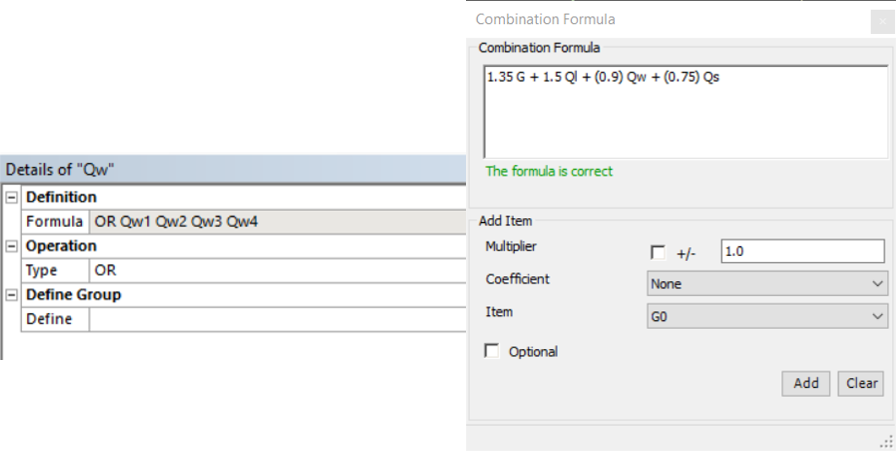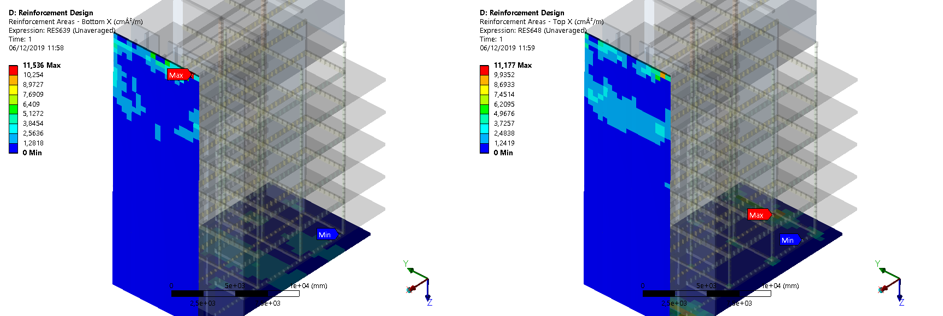Reinforcement design for SLS or ULS: the daily work of civil engineers
Simulation is widely used in civil engineering to analyse the behaviour of structures and assess their resistance to different scenarios. It is both a safety and an economic challenge: the structure must be able to withstand all the loads to which it could be subjected throughout its service life and, at the same time, the cost of construction must be minimised.
Civil engineers usually perform a structural analysis of a concrete structure modelled with shell or plate type elements before designing the reinforcement needed to balance all internal forces.
To do this, after performing static and dynamic analyses using finite element analysis software, generally the results are processed by finite element analysis by calculating all possible combinations of loads according to the applicable design code; then, local reinforced concrete analyses are performed and the reinforcement ratios required to support all loads are defined.
Stabilis is a design office specialised in advanced numerical simulation of civil structures. Phimeca’s objective is to help its customers design, operate and maintain their systems and structures in a reliable, robust and efficient way. One of their expertise is the integration of tools in the Ansys Workbench environment using ACT. This partnership has led to the development of a new extension called Reinforcement Design.
A simple way to combine all load cases and calculate reinforcement ratios
Engineers spend a lot of time defining an incredible number of elementary load case combinations using, for example, a spreadsheet and portraying its potential errors. The Reinforcement Design application simplifies this work by defining groups of load cases and groups of combinations.
In any building code, the strength must be checked for elementary load case combinations. This is facilitated with the tool and is compatible with any building code.
First of all, you define simple groups of load cases. For example, wind load cases in all four directions are grouped into a group using the OR operator:

Then you define the combinations as they appear in the building code.

The definitions of load cases and combinations are fully integrated into the desktop environment.

Finally, our solver combines the internal forces and determines the reinforcement required to support all loads, according to your design criteria.
We have successfully used the Reinforcement Design solver on large models with millions of elements, thousands of load cases and hundreds of millions of elementary combinations. The automated generation and very fast calculation of the combinations has been a key tool to make us more efficient and agile and help us focus the engineers’ time on finding solutions for critical slabs.

